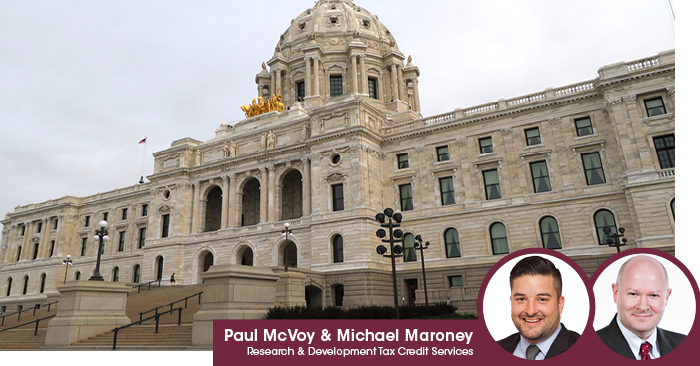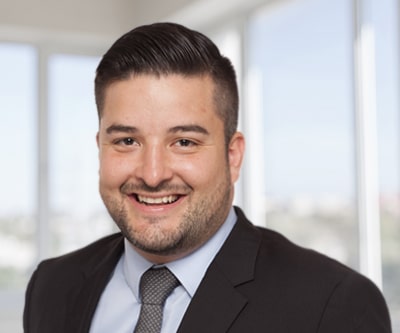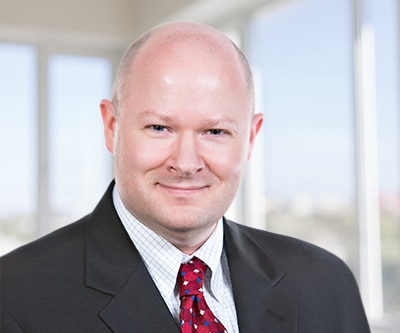Follow KBKG on Social Media
By Paul McVoy and Michael Maroney | Research & Development Tax Credits
On June 14, 2025, Minnesota Governor Tim Walz signed H.F. 9 into law, enacting a major update to the state’s R&D tax credit. Beginning in tax year 2025, businesses may elect to receive a partial refund of their unused credits, delivering a meaningful benefit for taxpayers with little or no Minnesota income tax liability. CPAs and tax professionals should review the legislation closely, particularly how refund percentages apply across different tax years and the impact on Minnesota tax filings.
KBKG Insight:
Minnesota’s new law modernizes the application of its research tax credit by introducing partial refundability, similar to programs in other innovation-driven states. For tax years beginning in 2025 and beyond, taxpayers can now elect a refundable portion of unused R&D credits at rates starting at 19.2% and increasing to 25%. This is especially beneficial for startups and loss-generating businesses that historically struggled to monetize the credit. CPAs working with multi-entity structures must pay attention to new allocation rules within unitary groups, especially since any unreimbursed credits will continue to carry forward for 15 years.
Background
The new rules under Minnesota Statutes section 290.068 authorize partial refundability for unused R&D credits beginning in 2025. Specifically:
- Tax years beginning after Dec. 31, 2024, and before Jan. 1, 2026: Refundable at 19.2% of the excess credit over tax liability.
- Tax years beginning after Dec. 31, 2025, and before Jan. 1, 2028: Refundable at 25% of the excess credit over tax liability.
- Tax years beginning after Dec. 31, 2027: Refundable at the lesser of 25% or a percentage that brings total statewide refunds to approximately $25 million.
Additionally, the law preserves key provisions around credit allocation within unitary business groups and allows any unreimbursed credits to carry forward for up to 15 years. For corporate partners in partnerships, refund limits apply based on the entity’s proportionate share of the partnership’s liability.
Industries Most Likely to Benefit
Minnesota’s partially refundable R&D credit creates new cash flow opportunities across sectors with consistent investment in innovation:
- Agriculture: Strong in crop R&D, automation, and food safety—top-ranked for soybeans, corn, and processing.
- Advanced Manufacturing: A pillar of the economy with activity in medical devices, automotive, and computing hardware.
- Life Sciences: Driven by institutions like Mayo Clinic and companies such as Medtronic and UnitedHealth.
- Clean Tech and Renewable Energy: Innovation in wind, solar, and biofuels reflects Minnesota’s sustainability priorities.
- Technology and Innovation: A legacy of computing advancements and a thriving SaaS and software development landscape.
Conclusion
Minnesota’s R&D credit enhancements offer a significant incentive for innovation-based companies, particularly those with low tax liabilities that previously could not monetize credits. The tiered refund structure, combined with long carryforwards and refined allocation rules, enhances the credit usability across a broader range of taxpayers.
To learn more about how this change impacts clients or Minnesota businesses, visit KBKG.com or contact a KBKG expert below.
About the Authors
Paul McVoy | Principal – Research & Development Tax Credits
Paul McVoy is a Principal for KBKG’s Tax Credit Consulting practice. In this role, Paul devotes his time to consulting companies in maximizing their R&D tax credit claims. Prior to joining KBKG, Paul was a manager at a Big Four accounting firm out of the Philadelphia, San Diego, and Los Angeles offices. Paul McVoy has spent nearly 20 years in public accounting, leveraging previous tax compliance… Read More
Michael Maroney | Director – Research & Development Tax Credits
Michael Maroney is a Director with KBKG. He advises clients on tax matters related to federal and state Research and Development (R&D) Tax Credits. He has advised numerous Fortune 1000 clients across a variety of industries. He has successfully defended his client’s R&D claims… Read More




